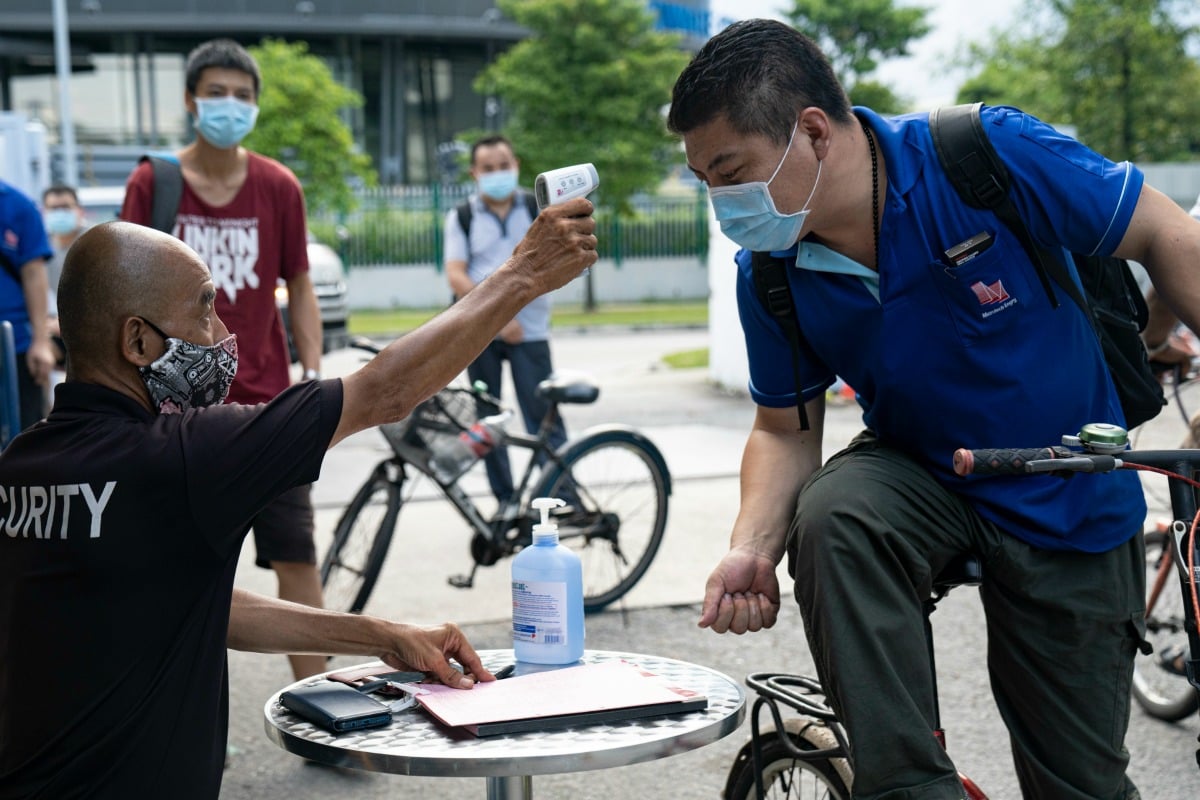
In February, the Director-General of the World Health Organisation, Dr Tedros Adhanom Ghebreyesus, publicly praised Singapore’s “no stone unturned” approach to minimising the spread of COVID-19.
The Asian city-state had certainly moved faster than most.
It began temperature screening passengers from China as early as January 22 — that’s a day before Wuhan (the original source of the pandemic) went into lockdown. Days later, it implemented an impressive contract-tracing program that has seen the Singapore Armed Forces making 1,000-2,000 calls a day to monitor people with confirmed or suspected cases of the virus.





























































































